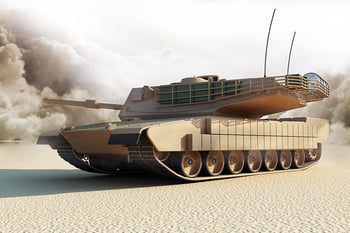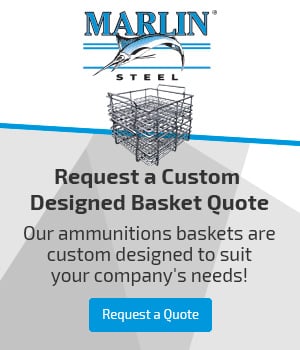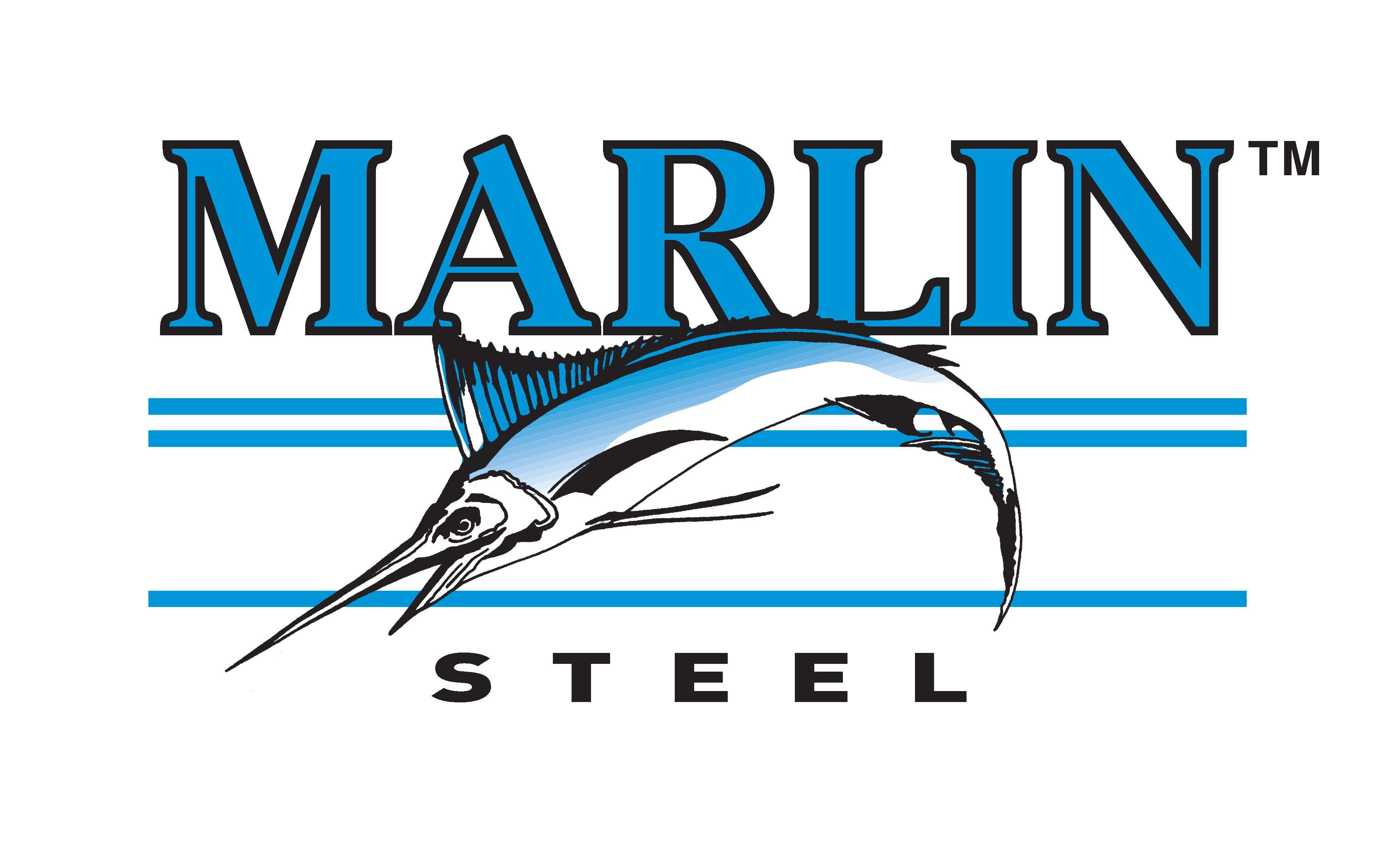 America’s military is the lynchpin that helps keep the country safe and secure. Every day, thousands of dedicated men and women put their lives on the line in service to their country so that others don’t have to.
America’s military is the lynchpin that helps keep the country safe and secure. Every day, thousands of dedicated men and women put their lives on the line in service to their country so that others don’t have to.
To perform their duties to the best of their ability, our soldiers need to have tools and equipment that they can count on, whether that tool is a rifle, a tank, or an air-to-surface missile designed to take out enemy armor. Ensuring this reliability takes precision applied consistently during the manufacture of each and every last component.
Why Precision Matters
If any single part of the tank doesn’t meet stringent quality standards or parts tolerances, it can compromise the performance of the vehicle and put the lives of the crew at risk. For example, a bad link in the caterpillar track or a flaw in the drive sprocket could cause the tank to lose mobility—turning it into a target. With countless moving parts that are all vital for the safety of the tank’s crew, mistakes in the manufacture of its parts cannot be tolerated.
This is why Marlin Steel’s engineering team was honored to be included in a project to manufacture critical components of M1 Abrams Tanks for the U.S. Military. Marlin’s workers crafted several custom metal forms for a production run of M1 Abrams tank parts to be used in operations around the globe.
Building Custom Metal Forms for Tanks
Most of the time, Marlin is contacted to manufacture wire or sheet metal baskets to be used for holding other parts through their respective parts finishing processes. However, for this application, Marlin was making components to be used in the tank itself.
The challenge here is that these are standardized parts that would be used in fighting vehicles in a range of different environments—from the desert to tropical islands, and additionally more temperate climates. This would make it difficult to ensure that parts would be able to withstand all of the use conditions they might be exposed to.
Also, the military had specific guidelines for what materials should be used in the construction of the part, the exact dimensions each part should conform to, and what finishing processes needed to be used for a compliant part.
Clearly, whoever coined the phrase “close enough for government work” never had to pass a process audit!
Each and every design had to be double- or triple-checked prior to implementation using not only Finite Element Analysis (FEA), but if a critical flaw was found, any resulting design modifications also had to be cleared with external engineers prior to implementation—Marlin was just one of many manufacturers creating parts for the tank, and alterations by one vendor to one part could adversely affect others.
For example, what if a decision to alter the materials used in a part caused it to form an anode/cathode galvanic bond with another part? The part could experience galvanic corrosion.
To ensure that each part would meet exacting tolerances for size and shape, Marlin used its factory automation tools. These manufacturing robots are able to consistently meet millimeter-precise tolerances consistently from start to finish. Also, their ability to run with minimal supervision once set up allows the machines to run continuously—producing a large number of parts in short order.
The Marlin team is proud to have been part of this project and to have had the chance to support our troops with our craftsmanship!



.gif)


